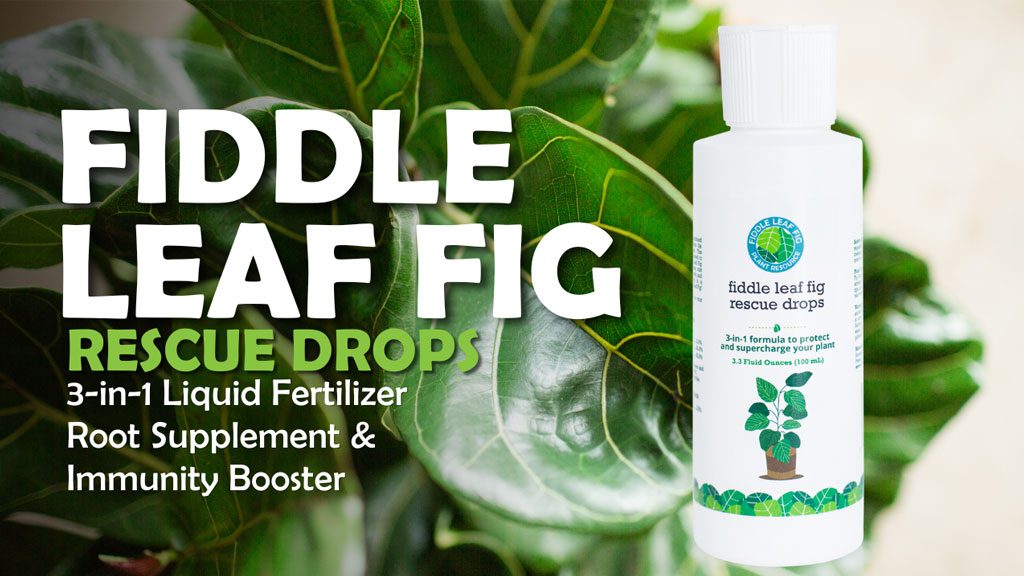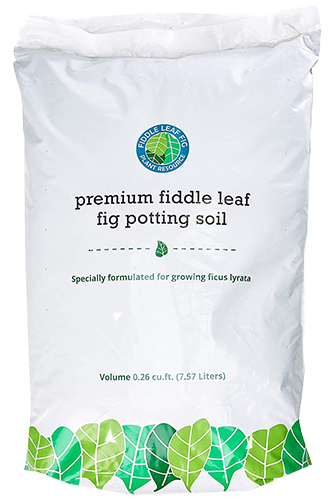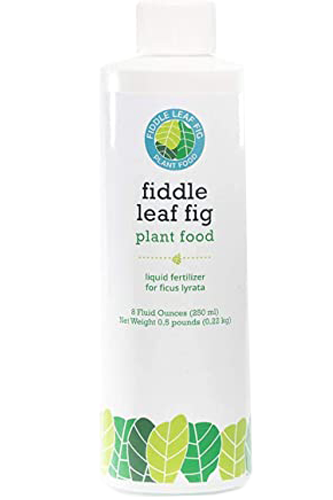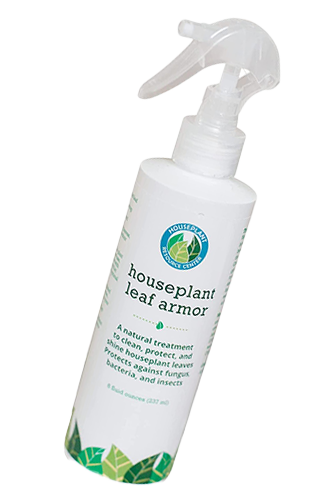Ficus Moclame is an evergreen ornamental plant, suitable for both outdoors and indoors. It’s a relatively rare plant with lovely, glossy emerald green oval leaves. This exclusive Ficus plant possesses air-purifying qualities and absorbs airborne toxins from the surrounding environment.
Ficus Moclame is known by various names such as Pot Belly Fig, Laurel Fig, Laurel Rubber, Curtain Fig and Strangling Fig. This natural beauty can add a unique touch to a living space with its mesmerizing manifestation. Ficus Moclame is an adored houseplant that is native to the tropical areas of Southern Asia and Australia.
How do you care for a Ficus Moclame?
The gorgeous Ficus Moclame is a perfect indoor plant because of its non-finicky nature. It’s easy to maintain, thus a great plant for beginners. This plant loves indirect light for its healthy growth and prefers to stay in a warmer climate with high humidity. Its fast development needs slightly moist soil and water only when the topsoil is marginally dry. Ficus Moclame needs feeding twice a month in the growing season.
This article will cover every aspect of this stunning plant’s care and discuss the problems Moclame can encounter. Keep reading below to learn about the care and growth tips.
| Common Name | Laurel Fig, Laurel Rubber, Curtain Fig |
| Botanical Name | Ficus Moclame, Microcarpa |
| Family | Moraceae |
| Origin | Southern Asia, Australia |
| Soil | Well-draining, moist |
| Humidity | 40% and above |
| Temperature | 60F-75F |
| Sunlight | Bright indirect sunlight |
| Pests | Spider mites, mealy bugs, aphids |
| Diseases | Root rot, leaf spot |
Growth and Size
The Pot Belly Fig is a moderately fast-growing plant if retained in the appropriate environment. The plant can grow up to 6 to 10 feet indoors; the smooth glossy leaves are 2 to 2.5 inches long.
Benefits of Ficus Moclame
- Due to its air-purifying properties, it cleans the environment, filters the indoor air by absorbing toxins, and calms the mind.
- It is a great mood booster, increases productivity, and reduces stress and fatigue.
- This plant has therapeutic properties as it enhances moods and lightens the surroundings.
How often should you water a Ficus Moclame?
The beautiful Ficus Moclame prefers even and constantly moist soil, but at the same time, it doesn’t like to sit in water; therefore, one should be vigilant with the watering frequency of this plant. To determine the water need, check the top two inches of soil by plunging your finger in it; if it’s slightly dry, give your plant a drink, whereas checking the weight of the container is another method to define the watering needs. A soil moisture meter is also an accurate means of assessing watering needs. The watering rate also depends on the season; it increases in summer as the soil tends to dry faster, while the plant doesn’t need much water in winter.
Optimum watering frequency is vital for your Curtain Fig plant health because excessive watering can cause root rot, a lethal disease. Similarly, too dry soil can lead to leaf loss.
Light Requirements for Ficus Moclame
Being a tropical plant, the Ficus Moclame appreciates bright indirect light. This plant needs approximately 6 hours of light daily, but too much exposure to direct sun can significantly damage its foliage. Therefore, keep it at a place where it receives ample indirect light; the ideal locations are southern or western-facing places.
Avoid placing the plant in darker areas when it obtains less light because, in low light, the Moclame’s growth slows down; on the other hand, too much exposure to direct light can lead to plant burn. Also, regularly rotating the plant will ensure homogeneous growth in all directions as the plant grows in the direction of sunlight.
Humidity and Temperature
The Curtain Fig plant shows steady growth in highly humid conditions; the ideal humidity levels are above 50%. If you want the plant to thrive, don’t let the environment be too dry, as it can obstruct its growth. In dry surroundings, regulate the humidity by placing a humidifier near the plant or misting it periodically.
Warm temperature is ideal for Ficus Moclame and does well in the temperature range of 60 to 75⁰ Fahrenheit. As it’s a sensitive plant, it can’t handle too hot a climate which can cause permanent damage, while prolonged exposure to low temperatures can make the plant enter a state of inactivity. Therefore, maintaining a suitable temperature range is essential for the Laurel Fig plant, as sudden environmental fluctuations can be detrimental to its health.
Maintenance
Though the Laurel Fig isn’t a high-maintenance plant, it needs pruning in the active growth season to retain its shape. The best clipping technique is to chop two leaves after the new growth of 6 to 8 leaves. Also, removing old, dead, and damaged leaves with a sharp pruning shear will prevent them from infestation and encourage healthy progress. The ideal time for pruning is the active growing season which is spring and early summer.
The right tools and proper knowledge are the core ingredients of a successful plant care program, and luckily for you, we have gathered all our expertise in one place through our exclusive free bonus pack.
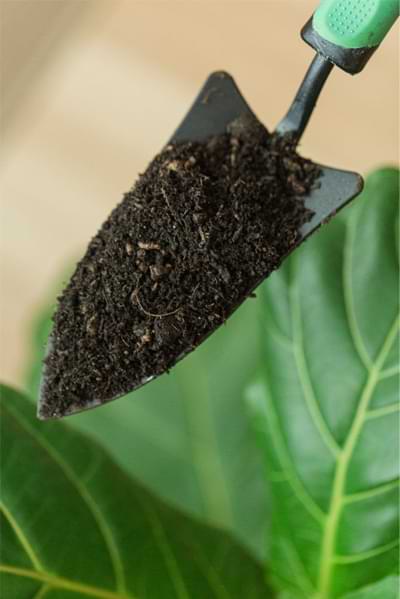
Soil requirements for Ficus Moclame:
Ficus Moclame performs well while sitting in a well-draining soil with the capability to retain moisture. Adding organic matter with the right balance of moisture-retaining constituents like coco coir and vermiculite helps achieve the best results. To make the plant parents’ life easy and hassle-free, we have developed a soil mix best suited for Ficus Moclame and will do wonders for your plant.
The plant prefers slightly acidic soil with a Ph level of 6.5 to 7.

Fertilizer
The Pot Belly Fig acquires nutrients through fertilizer; however, if the potting soil is fresh, your plant doesn’t need fertilizer for at least two months. Conversely, this plant needs fertilizer for its fast growth in the active season twice a month. We have developed a perfect mix of fertilizers for the Ficus plants that will provide the optimum quantity of nutrition for accelerated growth.
Repotting the Ficus Moclame
The Ficus Moclame doesn’t like to be repotted quite often but once a year is necessary to provide fresh nutrients. You can also repot the plant earlier when it shows the signs of transplanting, such as roots bulging out from drainage holes. The ideal time for transferring is spring and summer.
Step-by-step guide for repotting
- For repotting, choose a replacement container 2 to 4 inches bigger than the current one. A larger pot will provide a space for the roots to grow freely.
- Always use a new potting soil with all the required components and nutrients.
- Also, water the plant a couple of days before repotting to loosen the soil, making the process easier.
- On the time of relocating, remove the plant gently from the pot and inspect its roots for any damage or infection. In case of any, remove the damaged parts.
- Place the plant in the new pot and cover it with a fresh medium.
- Keep the plant in a shaded area for two to three days and then move it back to its usual location.
- Water it regularly when it needs and make sure to provide it with sufficient light. The plant comes out of shock in a few weeks and starts normal growth.
Propagation of Ficus Moclame:
Propagation by cutting is the simplest method for increasing the number of your Ficus Moclame plants. To propagate the plant, make cuttings with two to four leaves and a node point. Either method of propagation in soil or water is successful for Ficus Moclame. Using a rooting hormone if propagating in the soil will help achieve better results.
Always plan the propagation activity in spring or early summer so the plant will have an active growing season ahead for development and flourishing.
Is Ficus Moclame pet friendly?
Ficus Moclame is not pet friendly as it’s toxic for pets and humans. It can cause skin irritation, and if consumed, it can cause serious health issues; therefore, always keep it away from children and pets. In case of ingestion, consult the medical practitioner immediately.
Pests, Diseases and Common Problems:
Pests
Ficus plants are prone to various pests, including spider mites, aphids, and mealy bugs. Among these three, the mealybugs are more notorious pests and can cause serious issues. These oval-shaped, flat-bodied insects can infest 200 plant species, including the Ficus. These tiny insects inject toxins into plant leaves that spawn discoloration and leaf drops.
Upon infestation identification, start the treatment with insecticidal spray. The infestation attack can be prevented by using the leaf armor spray to keep the pests at bay.
Diseases
The Ficus Moclame is also susceptible to many diseases, and the most common one is root rot. Excess water is the reason for this disease and can affect the plant significantly and even kill it if not treated promptly. The general signs of root rot are yellow leaves and mushy roots. After the appearance of these signs, repot the plant in a new container with fresh soil. To prevent root rot, follow proper watering practices to avoid overwatering.
Common Problems
The common issues belonging to this plant are;
Leaves dropping: This Ficus plant loves highly humid conditions; if the environment is too dry, it starts to drop leaves. When you notice your Ficus plant is losing leaves, increase the humidity level or move it to higher humid places.
Brown leaves: This condition is caused due to underwatering; if your plant receives less water than the required quantity, its leaves flinch to turn brown. Adjust the watering schedule of your plant according to its needs.
If you are having trouble with your Ficus plant, join our webinar to enhance your knowledge and get access to our firsthand pro-tips to troubleshoot any problem you are facing with your fiddle leaf fig.
Conclusion
Ficus Moclame is an excellent indoor houseplant as its oval-shaped emerald glossy leaves can complement any space wherever it’s placed. This plant isn’t demanding and will seamlessly thrive if provided with accurate growing conditions.
The shape and the appearance of this plant make it a center of attraction in your home, and its unique air-purifying properties make it a sought-after houseplant.
If you want a calm and soothing environment at home to boost your mood, don’t wait to bring his exquisiteness home.
Here are some of our most popular resources on fiddle leaf fig care to help you grow the happiest, healthiest, and most beautiful fiddle possible!
The Fiddle Leaf Fig Expert eBook


